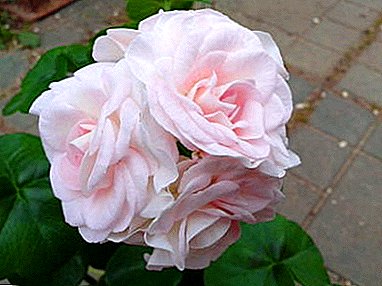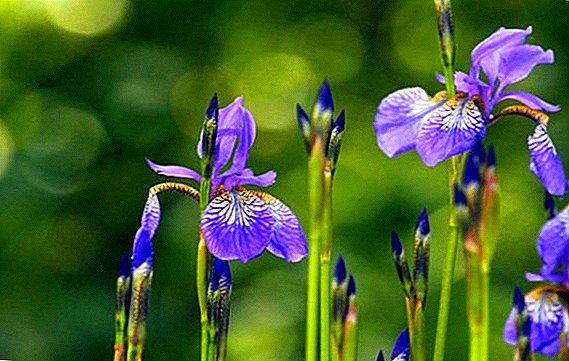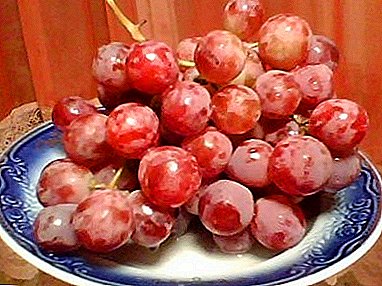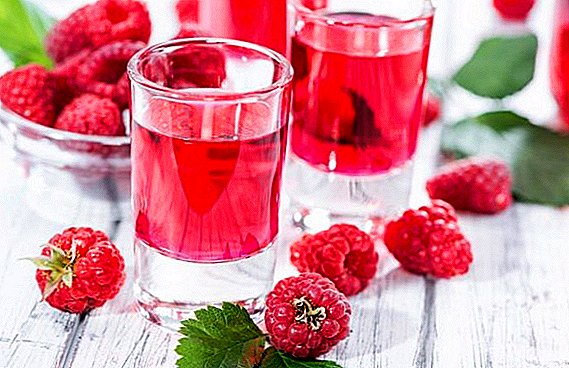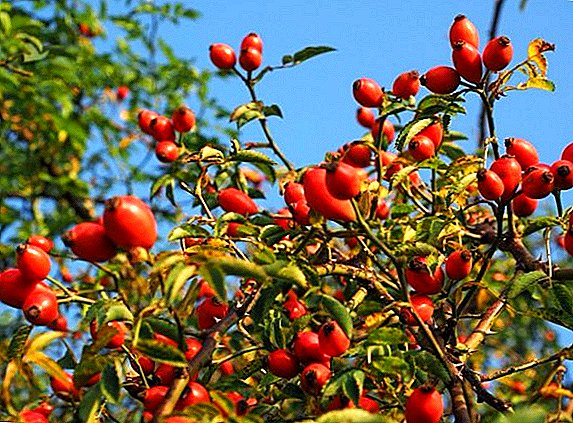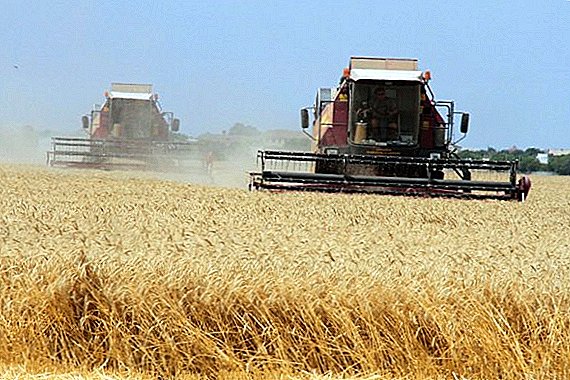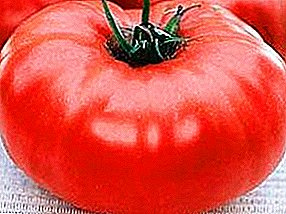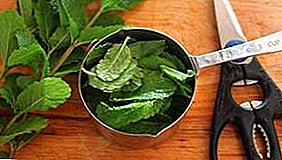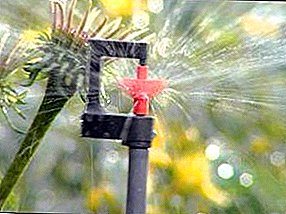
Watering plants on the summer cottage is quite troublesome. Especially in the dry and hot summer.
In hot countries, drip irrigation for a greenhouse has long been used as the most convenient method of economical and high-quality irrigation. In our country, this method is practiced relatively recently.
The essence of drip irrigation
Principle of operation drip irrigation is to deliver moisture directly to the roots plants without affecting the stems and leaves. It is known that on a sunny and hot day, water droplets on the leaves form a kind of lens, and the leaves get burned. Drip irrigation in the greenhouse will eliminate these problems.
In the greenhouse, a fairly limited space and the soil is quickly depleted. With ordinary watering, puddles form on the soil surface, and water does not flow fully to the plant roots. At the same time, the structure of the soil is also disturbed. When watering is carried out in small doses, the soil structure remains virtually intact.
The essence of this method is water supply efficiency in the greenhouse. Using drip irrigation is almost impossible to waste water. This is especially true if the site has a central water supply.
Greenhouse irrigation system options
Droppers
Water is supplied to plants in small doses and usually such systems are automated. The main element of such a system is droppers. Droppers are divided into two types: regulating the permeability of water per hour and not having such a function. In addition, there are droppers that allow you to maintain water pressure regardless of the pressure in the pipeline.
Hoses that come from the main source of water supply are still attached to the droppers. As a rule, it is a water pipe or a large container filled with water.
Drip tape
The budget option available to every summer resident. Main disadvantage drip tape it is their fragility, and easy damage to garden pests, but they are very easy to install.
 The design consists of a plumbing hose, all kinds of fixings and a polyethylene tube with thin walls, on which there are holes from which water flows.
The design consists of a plumbing hose, all kinds of fixings and a polyethylene tube with thin walls, on which there are holes from which water flows.
They are located at different distances from each other. It can be 20 cm and 100 cm. After the water supply hose is attached to the tape, water starts to flow from these holes.
Plastic bottles
The method using plastic bottles is extremely economical, considering that this material is practically free. Anyone who is willing to be able to build irrigation using bottles in a greenhouse on their own. This does not require special skills.
The disadvantages include the fact that this method not suitable for large greenhousesthat would be irrational and problematic. And also with this watering, the soil should be light, otherwise the outlet openings in the bottles quickly become clogged.
Hose watering
This method is also called "oozing hose". It is somewhat similar to the drip tape method. Only in this case, instead of tapes taken ordinary hosewhich joins the filled barrel with water or the central water supply system. Holes are made in the hose and it is distributed in the beds in the greenhouse.
Pros in simplicity and efficiency of the method. The only disadvantage is the uneven water supply, if the hose is connected directly to the water supply system.
Automatic systems
Some automated kits completely do the whole thing. process autonomous. The automatic irrigation system for the greenhouse itself consists of a large water tank and a network of hoses attached to it.
Automation is that the design is equipped with pumps connected to the water supply system or well. That is, watering in the greenhouse is automatic, carried out without your participation.
Automated systems have built-in self-cleaning function, as well as various valves and filters. Drip hoses in such constructions are rather thin, they become flat when folded, for which they are called "ribbons".
Autowatering in the greenhouse can be subsurface and drip. Subsurface watering has the greatest effect, since water flows directly to the roots. Topsoil remains intact, and moisture does not evaporate from the surface of the soil. Although this method is very effective, not many can afford it. Therefore, it is not yet very popular.
Automatic drip irrigation systems can operate with virtually no human intervention. They are installed timer and electronic controller, which is configured to automatically fill the tank and the water supply.
Microdrop watering
Simple design, which consists in the superficial sprinkling of small water droplets on the beds. In this case, a large amount of water is divided into small drops and the plant or crop that needs it is irrigated.
The method as a whole has no flaws.
A photo
In the photo below: drip irrigation systems for greenhouses, scheme, device, equipment





Water sources
The source of water for drip irrigation can be:
- Special water storage tanks;
- Water supply or well;
Barrels apply to all types of drip irrigation. Starting from a simple hose method to fully automated systems. Although drip systems are able to perform their function without the use of barrels, but warm, settled water is more useful to plants than the same water, but going directly.
System selection
 The stores now have a huge selection of drip systems for every taste and budget. And often it is difficult to choose the optimal system. When buying a drip irrigation system, consider the following:
The stores now have a huge selection of drip systems for every taste and budget. And often it is difficult to choose the optimal system. When buying a drip irrigation system, consider the following:
- If the greenhouse has large area or few, better automated system can not found. It will ensure the state of soil moisture in the best possible way.
- If frequent visits to the suburban area are impossible or planned vacation, you should pay attention to the model with built-in timer.
- Also, drip systems have a difference in the intended irrigation area. Before you go to the store, you need to know exactly the size of the beds in the greenhouse.
- Quite budget options include only hoses and connecting mechanisms for connecting to the centralized water supply.
Hot and dry summer, as well as infrequent visits to the cottage will no longer be a problem. Drip irrigation of greenhouses is a way by which you can forget about the troubles and difficulties of standard irrigation. We hope now you know how to choose a drip irrigation system for the greenhouse.


